15 Surprising Food History Facts That Aren’t Fictitious
Food history is a fascinating topic that often reveals surprising and unbelievable facts. From the origins of certain ingredients to the strange eating habits of ancient civilizations, food history is full of interesting stories that may sound completely made up but are true. Read on to discover 15 food history facts that will leave you amazed and hungry for more knowledge.
Lobsters Were Once Used as Fertilizer in the US

The thought of using lobsters as fertilizer may sound strange now, but in the 17th and 18th centuries, it was a common practice in North America. Lobsters were so abundant that they were considered “poor man’s food” and were often served to prisoners and indentured servants.
However, with the development of railroads and canning processes, lobsters became a delicacy, and their population significantly decreased.
Carrots Orange Color Is a Mutation

Today, orange carrots are the norm, but they were originally white, yellow, or purple. It wasn’t until Dutch growers in the 17th century bred them to be orange as a tribute to their national color (orange) and their ruling family (House of Orange) that orange carrots became popular.
Ketchup Was Originally Made With Fish
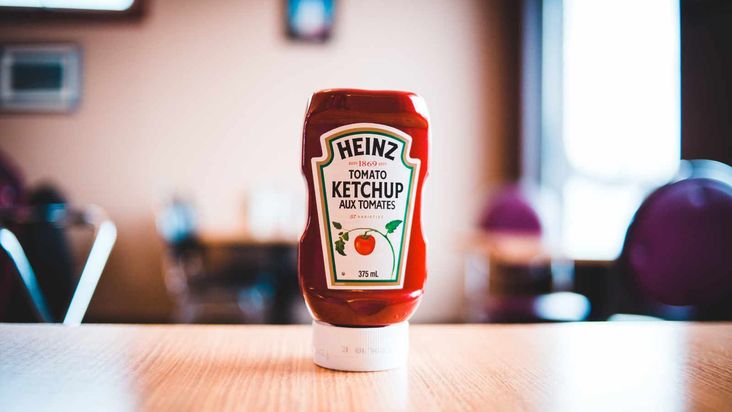
Ketchup has a long history dating back to ancient Chinese civilizations, but it wasn’t until the 18th century that it became a popular condiment in Europe. However, it was made with fermented fish guts and spices instead of tomatoes. It wasn’t until the mid-19th century that tomatoes were added to create the ketchup we know today.
The Ancient Greeks Made Waffle Irons
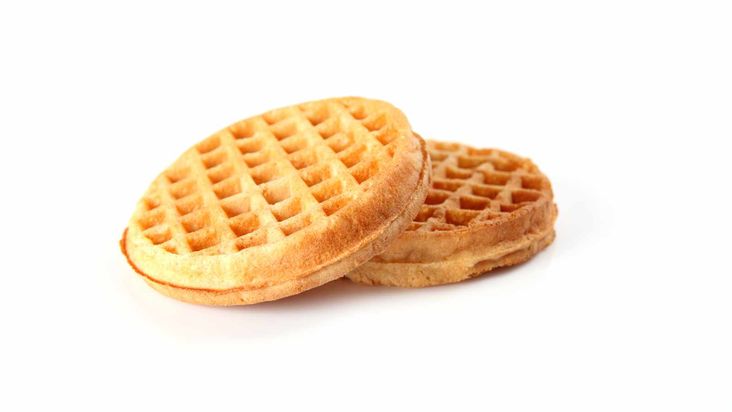
Waffles may seem modern, but the ancient Greeks made them long before the waffle iron was invented in the 15th century. They used flat irons with intricate designs to create delicious waffle-like treats.
Spanish Conquerors Used Red Ink Made From Avocado Seeds to Write Legal Documents

The avocado may be a popular ingredient now, but in the 16th century, Spanish conquerors saw it as a symbol of wealth and used its seeds to make red ink for legal documents. The ink was also believed to have mystical properties and was used to protect against counterfeiting.
Native Americans Invented Popcorn

While Popcorn may be a staple snack at movie theaters now, it was first discovered by Native Americans thousands of years ago. They would heat-dry corn kernels over an open fire until they popped and enjoyed them as a tasty treat.
The World’s Hottest Pepper Was Used as Elephant Repellent

The Ghost Pepper, now known as the world’s hottest pepper, was initially used by farmers in Northeastern India as elephant repellent. Its intense heat and spicy flavor would deter elephants from entering their crops.
French Military Invented Mayonnaise
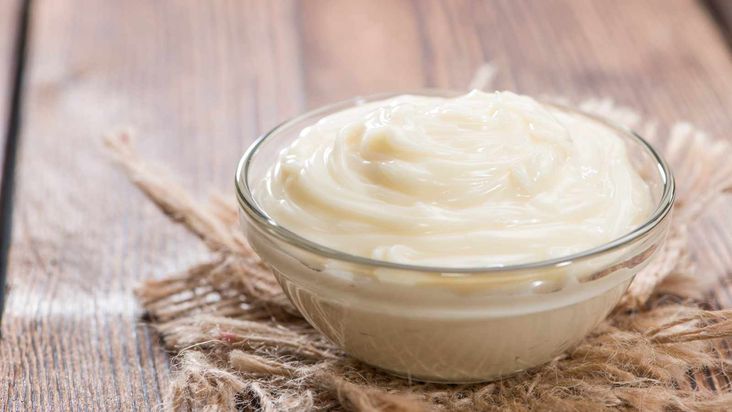
During the Seven Years’ War in 1756, French forces laid siege to the Spanish island of Minorca. To capture the British-controlled Fort St. Philip, they created a sauce of eggs and oil to sustain their soldiers. They failed to take the fort, but mayonnaise was born.
The First Meal Eaten on the Moon Was Bacon, Peaches, and Sugar Cookies
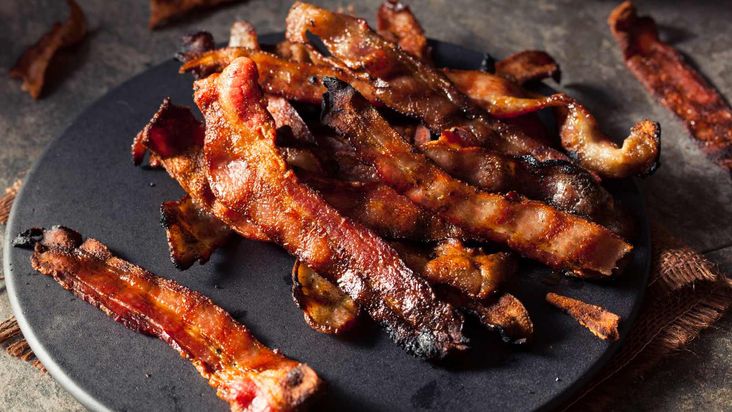
When the Apollo 11 astronauts Neil Armstrong and Buzz Aldrin landed on the moon in 1969, their first meal comprised delectable bacon squares, juicy peaches, mouthwatering sugar cookies, and a steaming cup of coffee. It may not sound like a gourmet feast, but it was a significant moment in food history.
Popsicles Were Invented by an 11-Year-Old Boy

In 1905, an 11-year-old boy named Frank Epperson accidentally left a glass of powdered soda and water outside overnight with a stirring stick. The mixture froze, and he realized its potential as a tasty treat on a stick. He later patented his creation in 1924 as “Epsicle,” which eventually became the popular frozen treat we know as popsicles.
Bagels Were Presented as a Gift to Women After Childbirth

In 1610, a Polish law was enacted that stated bagels must be given as a gift to women during childbirth. The round shape and hole in the middle were said to symbolize life, making it an appropriate gift for new mothers.
The First Chocolate Chip Cookie Recipe Was Created by Accident

In 1930, Ruth Graves Wakefield, owner of the Toll House Inn, was making cookies and ran out of baker’s chocolate. She substituted broken pieces of Nestle’s semi-sweet chocolate bars, thinking they would melt and spread throughout the cookie. Instead, the chips stayed intact, creating the first-ever chocolate chip cookie.
Corn Flakes Were Created to Curb Amorous Desires

In the late 19th century, Dr. John Harvey Kellogg believed that a bland diet could suppress amorous urges and prevent “immoral acts.” In an attempt to create such a diet, he accidentally invented cornflakes while working at a sanitarium in Michigan.
Peanut Butter Was Invented in Canada
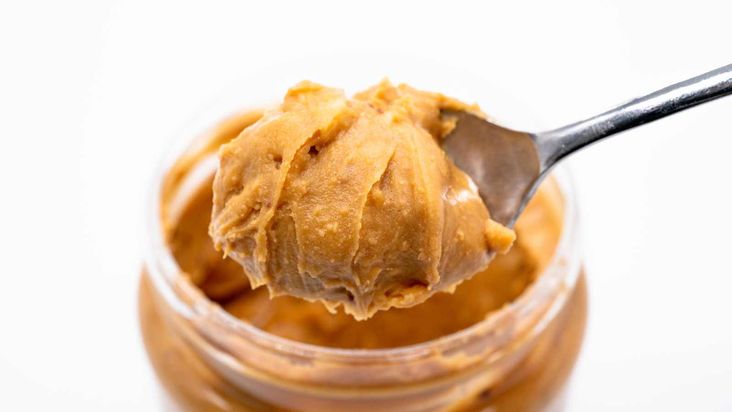
Contrary to popular belief, peanut butter was not invented in the United States. In 1884, Canadian pharmacist Marcellus Gilmore Edson created a paste made from roasted peanuts and sugar as a nutritious protein alternative for people who couldn’t chew solid food.
In Early English Chicken Pies, the Feet of the Fowl Hung Out the Sides for Use as Handles

Chicken pot pies are a popular comfort food, but in early English versions of the dish, the feet of the fowl would hang out the sides to serve as handles for easy eating. This practice eventually faded, and now we enjoy chicken pot pie without visible chicken feet.